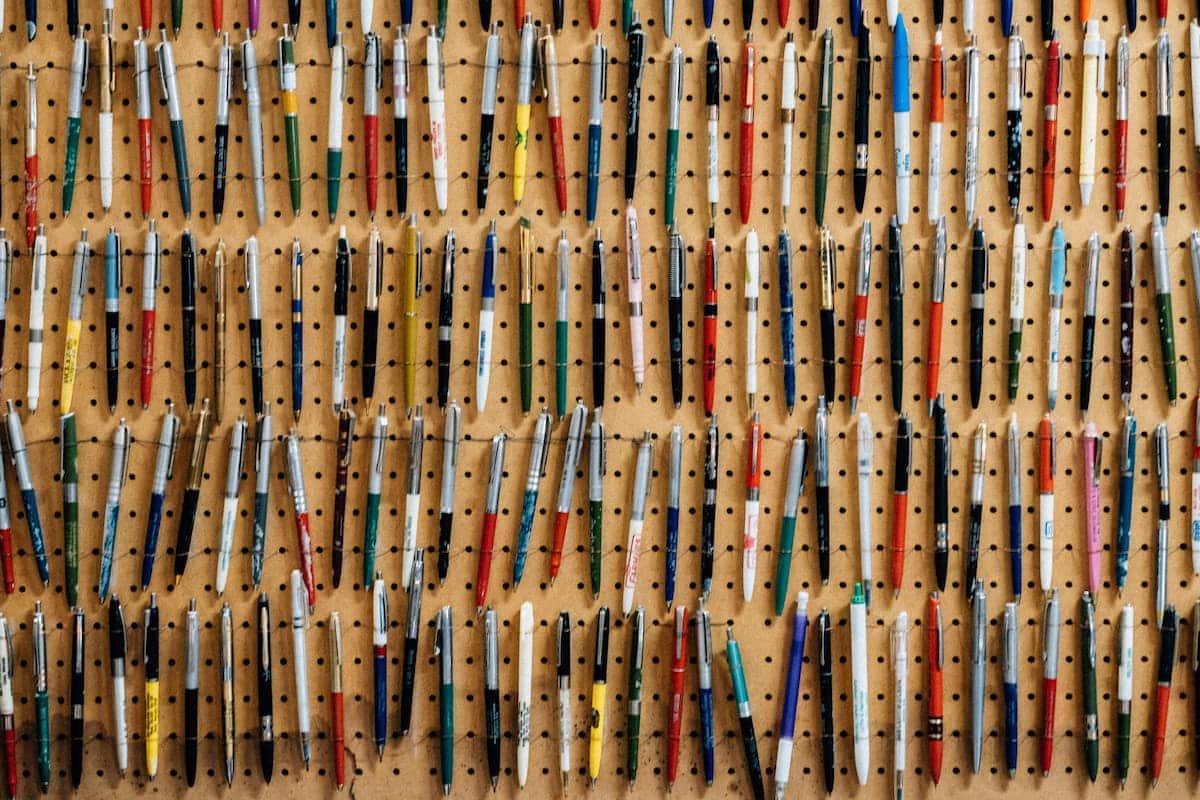Productivity or Procrastination?
by Taylor Slattery | May 8, 2021

Do you ever find yourself at the end of a particularly busy day or week feeling like you’ve accomplished nothing and are no closer to your goals than you were at the start of it? You work all day and yet the time seems to disappear with little to show for it. How is this possible?
The answer is procrastination. I know, I know—how could work be procrastination? But the age-old enemy of productivity has some tricks up its sleeve. Like bacteria mutating to develop antibiotic resistance, Procrastination has had to undergo a facelift of sorts. In order to further propagate itself, procrastination has learned to mimic the qualities of work, successfully slotting itself into our busy schedules, eating up valuable time, and leaving us none the wiser.
Procrastination can take many different forms but it tends to be most successful when disguised as busywork. Common culprits are things like organizing, planning, researching, or watching tutorials. The reason these things are so successful in distracting us is because they look and feel like real work.

For most people, in fact, tasks like these are work. Planning our days, keeping documents organized, corresponding with clients—these are all part of the job. It’s exactly because these tasks are a real part of our professional duties that their presence doesn’t raise any red flags. Even when they start to take up an increasingly larger portion of our day, preventing us from doing the work we really should be.
This is the heart of the problem. It feels like we’re working, because, well, we are, but it hasn’t amounted to anything of substance. At the end of the day, we go to bed tired but not satisfied. We can’t shake that feeling that we’re forgetting something. We worked all day, but we still haven’t scratched that itch.

Everything about our work environments is in constant flux. Whether it be the tools we use to design, communicate, or organize, we’re constantly adapting to an ever-changing landscape of technology. New tools offer us improvements to productivity but in this never-ending pursuit of efficiency, we hardly have the time to examine the potential weak spots this habit opens us up to. It’s in these windows that procrastination is able to slip in.
The tools we use for work have become a Trojan Horse for procrastination. While our computers and mobile devices have opened many doors for creatives, granting us a degree of flexibility, speed, and power unmatched by any other tool, they also present the biggest obstacle to our works’ completion.

The internet is home to an infinite number of distractions and the pull can be too strong for some to resist. What’s worse, is that its procrastination-promoting effects aren’t immediately perceptible, but rather insidious in their manifestation.
Without any conscious notion of doing so, we condition ourselves to rely on the internet for an increasing amount of our daily tasks. In direct proportion to this reliance, the sources of our distraction have grown increasingly more adept at capturing our attention. The benefits we experience from the utility of the internet come coupled with an increased need to be on our guard against it.
Even if we have the best of intentions, the internet finds a way to distort our trajectory. The very platforms we rely on to learn and communicate subject us to the same sort of gamification we find hardest to resist. To visit Youtube to find a tutorial, you’ll be exposed to a home page full of selections tailored to your interests, tempting you to give them a click. One false move and you’ve forgotten why you even went there in the first place.

Platforms like Instagram, Behance, and Pinterest offer us an endless supply of inspiration. We can spend hours endlessly browsing reference images, continuously discovering new works and techniques to study. Similarly, learning new skills has never been easier. Specialized online schools like Sessions and video hosting sites like Youtube and Skillshare offer students courses and tutorials in just about anything imaginable.
Truly, there has never been a better time to be a creative. We’re living through a renaissance of sorts. However, as sharp and useful as this tool has proved to be, it cuts in both directions. While these resources have undoubtedly proven to be valuable assets in both the democratization of education and creative industries, they’ve also proven too much of a good thing is indeed bad, and it’s rather easy to tip the scale in the wrong direction.

These platforms don’t promote moderation. Quite the opposite. It’s no secret that the longer you use them, the more money they make, and keeping you there is in their best interest. What was once fun and inspirational quickly slips into the territory of draining, leading to bad habits that can just as easily work against our productivity rather than for it.
While exposure to new ideas can lead us to unexpected discoveries, overexposure can leave us feeling pulled in too many different directions. Schools and course-based curriculums have a start and an end, but when the internet is your teacher, the boundaries aren’t as clear-cut. With so many options and learning resources at our disposal, it’s easy to spread yourself thin. Dividing your efforts across too many directions can stunt your progress or even lead to analysis paralysis, making it difficult to accomplish anything of substance at all.
Beyond just the hurdles we face via our tools, there are internal obstacles to overcome as well. Procrastination can stem from a fear of confronting some hard to face truths about our skill levels, or even from a desire to strive for perfection. In both cases, we might find ourselves spending undue amounts of time researching, planning, or learning, rather than doing the work we should be.
So now that we know what we’re dealing with, how do we beat it? The best approach for combating these types of procrastination will depend on the form it takes for you. For example, if you find yourself putting off a personal project in favor of watching tutorials, you might try using a more targeted approach to research and creative growth.
Rather than trying to account for everything you might need to know, just get started on your project and only look for solutions when presented with a problem. This will ensure you’re asking the right questions and gives you a clear exit point for when the solution is found.
This isn’t to say that things like planning, research, or learning have no place in your schedule. Of course, they do. But are they really what you should be doing right now? There is no shortage of things to be learned, research to be researched, or plans to be planned. But you don’t need to do them all right now. Schedule some time every week dedicated to these things, but don’t let the acquisition of new skills prevent you from using and refining the ones you already possess.

Taylor is the Managing Editor of Notes on Design. Taylor is a graphic designer, illustrator, and Design Lead at Weirdsleep.






 Design Interview: Resistenza
Design Interview: Resistenza Minimalist Portfolio Themes for 2018
Minimalist Portfolio Themes for 2018 Free Font Friday: Objective
Free Font Friday: Objective